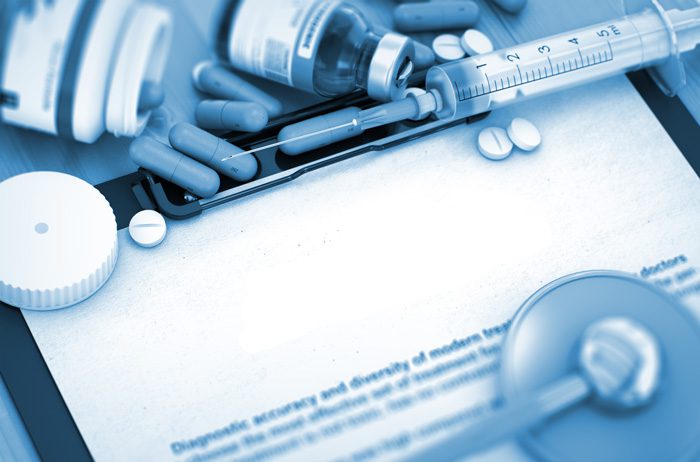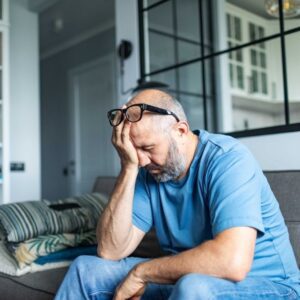 Expanding use of naloxone by first responders is widely considered to be a key part of fighting the growing opioid epidemic in South Carolina as well as the rest of the United States.
Expanding use of naloxone by first responders is widely considered to be a key part of fighting the growing opioid epidemic in South Carolina as well as the rest of the United States.
However, there are serious obstacles to overcome in terms of getting naloxone into the hands of every first responder.
About Naloxone
Naloxone is a medication designed to block or reverse the effects of opioid use. It prevents the respiratory failure that is associated with a fatal overdose. The medication is sometimes called a “save shot” or “rescue shot”.
Naloxone is typically injected into a muscle or squirted into the nose. However, it can also be administered into a vein through an IV.
Naloxone starts working in just a few minutes, although the effects can take slightly longer to appear when someone has used powerful opioids at very high doses. Naloxone wears off in 20 to 90 minutes, so the patient needs to seek further medical treatment after receiving the drug.
Since naloxone reverses an opioid overdose, it can cause symptoms similar to opioid withdrawal. These include:
- Nausea or vomiting
- Diarrhea
- Stomach pain
- Fever
- Body aches or feelings of weakness
- Tremors or shivering
- Fast heart rate or pounding heartbeat
- Increased blood pressure
- Nervousness
- Restlessness
- Irritability
- Runny nose
Some people believe that naloxone availability increases the level of opioid abuse in a community, but this statement has been proven false. The availability of naloxone does not play a role in a substance abuser’s continuing opioid use. Addiction is a chronic illness with a strong genetic component. A person in active addiction feels powerless to stop using, regardless of the consequences.
Challenges Associated with Naloxone Use by First Responders
Unfortunately, the high cost of naloxone has limited its use. Generic naloxone can be purchased for $20 to $40 per dose. However, Narcan, the most commonly used nasal spray, costs $125 for a two-dose carton. A two-pack of Evzio, the brand name for a naloxone easy to use auto injector, costs close to $4,000. In many cases, a person will require more than one dose to reverse the opioid overdose.
Discounts on naloxone are available for federal and state agencies making multiple purchases, but the cost is still an issue for cash-strapped organizations. Nonprofit groups and charitable organizations provide some grant funding, but this is limited.
To be effective, naloxone needs to be readily available to paramedics, emergency medical technicians, police officers, and firefighters. This means massive quantities of the medication need to be purchased upfront. Additionally, monitoring needs to be in place to make sure doses are replenished as needed and that the medication doesn’t expire if it goes unused.
Naloxone needs to be stored at room temperature away from moisture and heat. This may necessitate the purchase of special temperature-controlled storage areas to ensure that the medication is safe to use when it is needed.
Although naloxone is considered fairly easy to administer, it does require training to learn how to recognize the signs of an opioid overdose. Training requires an investment of both time and money, which may be criticized as taking resources away from other healthcare needs in a community.
Aside from cost, there is also concern that the use of naloxone can be dangerous in certain situations. For example:
- Some researchers think naloxone may be harmful to women who are pregnant or breastfeeding.
- Naloxone can cause adverse reactions in people suffering from heart disease.
- Naloxone can cause interactions with certain prescription medications, over the counter medications, or dietary supplements.
The risks of naloxone use can be minimized when there is time to take a medical history, but emergency responders are often forced to make snap decisions about when to administer the medication.
Naloxone Is Only a Temporary Fix
Although growing numbers of first responders are carrying naloxone, it’s important to keep in mind that the drug is only temporary fix. It can save lives by reversing an overdose, but it does nothing to prevent someone with an opioid use disorder from going back to addictive behaviors. In fact, many cities are becoming frustrated with the high numbers of people requiring multiple naloxone doses from first responders.
Ideally, naloxone used to reverse an overdose should be the first step in an addiction treatment plan. For someone who hasn’t fully considered the consequences of an opioid addiction, a near death experience related to overdose can serve as a “rock bottom” moment that inspires the desire to seek treatment.
The most effective opioid use disorder treatment is a medically supervised detox followed by intensive individual and group counseling. Holistic treatments such as yoga, equine therapy, or art therapy may also be used to address underlying issues that contributed to addiction, such as chronic pain or difficulty handling stressful situations. After residential treatment is completed, outpatient care and continued participation in 12-step groups helps provide the support necessary for long-term sobriety.





